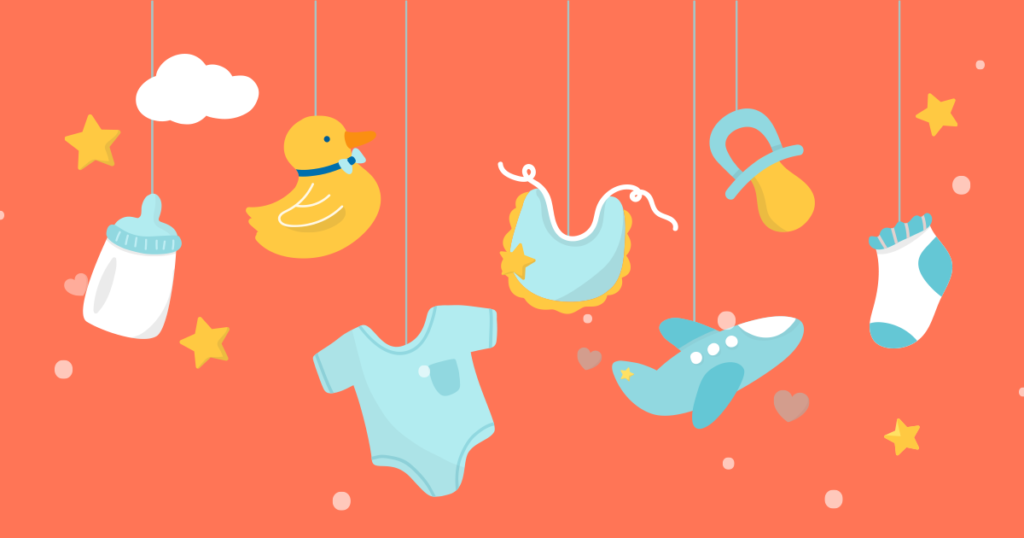Maternity leave is a topic of concern for both workers and employers. However, expecting mothers or women planning their families aren’t the only ones interested. New employees and young men and women about to get married or looking to plan their families often consider a maternity leave policy or maternity benefits when evaluating job options.
Even men and senior employees who don’t anticipate needing maternity leave directly perceive companies with a strong maternity benefits program as more progressive.
For an employer, maternity leave can seem like an expense, regardless of whether it is paid or unpaid. But consider a maternity leave policy as a means to attract (and retain) talent over the long run. A maternity leave that is at par with regulatory requirements can help with productivity, retention and even company loyalty. Smart business owners know that all these are critical criteria for their company’s long-term success.
All About Maternity Leave
Maternity leave is the period when an expecting or new mother stops working after the birth of a child. When an employee is expecting, the managers can expect time off requests. Maternity leaves can start before the baby is born if the mother asks for it or has complications in her pregnancy, or it can begin after birth.
For small or medium businesses, maternity leave can be a bitter pill as they have to bear the costs of the employees’ leaves while managing workloads with existing staff. However, progressive employers are aware of the benefits of offering generous maternity leave.
Regulatory Maternity Leave Requirements
In Pakistan, the statutory requirements previously specified six weeks of leave before and after childbirth, making a total of twelve weeks or three months of maternity leaves.
This was revised Under the Paternity and Maternity Leave Act of 2020. The law increased maternity leave from twelve weeks to twenty-six weeks. The breakup of leaves is as follows:
First birth one hundred and eighty days (180 days)
Second birth one hundred and twenty days (120 days)
Third birth ninety days (90 days)
The majority of women who are happy without health complications prefer to work till the latest possible to get their three months of maternity leave after delivery.
When Does Maternity Leave Start?
Maternity leaves can start before the child is born if the mother wants to have time off work for the birth. Complicated pregnancy usually requires that the expecting mother begin her leave early due to medical reasons.
The Economics of Maternity Leave
In Pakistan, where the regulated economy still has a lower percentage of women working, the facility of maternity leaves and day and childcare facilities are hugely underdeveloped. The family system is still strong enough that extended family is available to support new mothers in their child-raising.
However, a large majority of qualified, career-oriented women leave their jobs due to issues with managing their babies. Having a reasonable period away from work available to raise their children is an attractive option. Being paid for this time is an enormous benefit that allows young parents to manage their new child.
For most businesses, paid maternity leave is a benefit worth offering. In a tight economic situation, employee turnover is costly and wastes time. The expense of some months’ paid leave for an efficient, trained and motivated employee can be a bargain.
International studies have shown that new mothers who got paid leave were more likely to stay on their jobs for at least a year after their maternity leave ended compared to others.
Importance of Maternity Leave
The entire cycle of a business’s progress is heavily dependent on happy and healthy employees. Keeping our cultural and social norms in mind, an effective maternity policy and job security for expecting mothers are essential. When women have the job protection they need and even some form of compensation, they can start their families with confidence without compromising on their careers.
Along with helping mothers, maternity leave (paid and unpaid) helps employers too. It can boost morale and efficiency as well as labour force attachment. Mothers that get maternity leave return to their original employers and are less likely to leave.
Helping to cut down employee turnover and the associated training costs for new hires is another advantage of having a maternity leave policy.
The bottom line is that maternity leave is good for workers and businesses. A maternity leave policy helps to hire and retain employees, and it also allows mothers to take the time they need to come back to the job ready to work.

Sadia Zaheer holds a Masters in Business Administration from IBA, Karachi. After working in several financial institutions in Client Management, Corporate Lending, Islamic Banking and Product Management she jumped careers to pursue a career in writing.
She is a Finance, Business and HR Development writer with four years of experience. She reads a lot and takes care of her multiple cats to remain calm.

